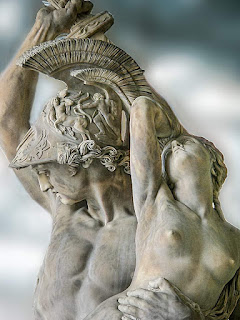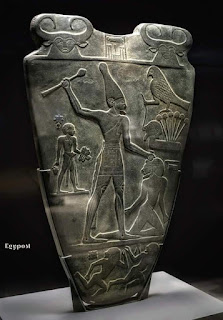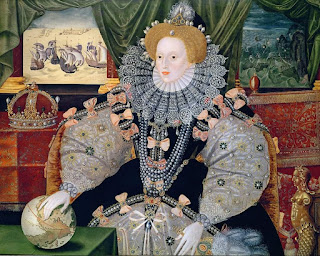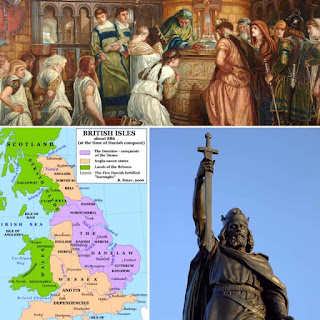হিটলার কি সত্যিই ৬০ লাখ ইহুদি হত্যা করেছিলেন?

হিটলার কি সত্যিই ৬০ লাখ ইহুদি হত্যা করেছিলেন? ================================= হলোকাস্টের মিথ: যেভাবে তৈরি হয়েছে বিশ শতকের সবচেয়ে বড় মিথ্যাচার ! আধুনিক বিশ্বের ইতিহাসে হলোকাস্ট খুবই গুরুত্বপূর্ণ এক প্রসঙ্গ। এ এমন বিষয়, যার উপর পা রেখে অস্তিত্বে এসেছে একটি রাষ্ট্র। ঐতিহাসিক রবার্ট বি গোল্ডম্যান লিখেছেন- ‘হলোকাস্ট ছাড়া ইজরাইল নামক রাষ্ট্র গঠন সম্ভবই ছিলো না।’ গোল্ডম্যানের কথাটি যেভাবে ঐতিহাসিক, তেমনি ধর্মতাত্ত্বিক। ইহুদীদের ধর্মগ্রন্থে আছে হলোকাস্টের ধারণা। তালমুদের ভাষ্য হচ্ছে, ইহুদীরা যখন রাজ্যহারা হয়ে যাবে, তখন ৬০ লাখ ইহুদীকে আত্মবিসর্জন দিতে হবে। তারপর প্রতিষ্ঠিত হবে ইহুদীদের নিজস্ব রাষ্ট্র! নিজেদের একটা রাষ্ট্রের জন্য ৬০ লক্ষ প্রাণ দান ইহুদীদের পক্ষে কখনো সম্ভব হয়নি, যদিও তাদের প্রয়োজন ছিলো রাষ্ট্র অর্জন। কেননা শতাব্দীর পর শতাব্দী যাবত দেশে দেশে তারা উদ্ধাস্তুরূপে উৎপীড়নের শিকার হয়ে জীবন যাপন করছিলো। হিটলারের নাজিজম যখন জার্মানিতে উস্কে উঠলো, তখন সেখানকার ইহুদীদের পিঠটা একেবারে দেয়ালে ঠেকে যায়। পিঠ দেয়ালে ঠেকে গেলে যে কোন জাতির জন্যেই একটা না একটা প্রতিবিধান হয়ে যায়। এটা অনেকটা প্র...





